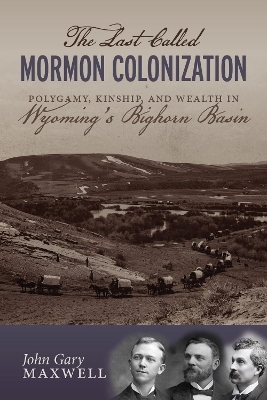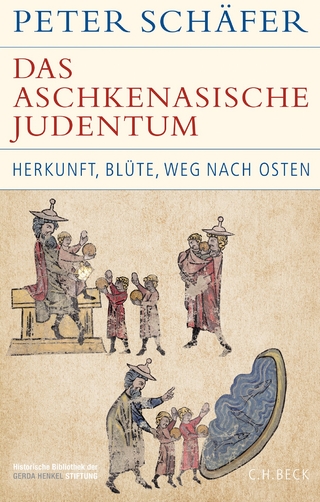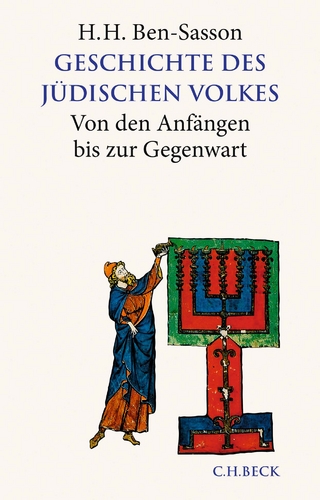
The Last Called Mormon Colonization
Polygamy, Kinship, and Wealth in Wyoming's Bighorn Basin
Seiten
2022
University of Utah Press,U.S. (Verlag)
978-1-64769-059-5 (ISBN)
University of Utah Press,U.S. (Verlag)
978-1-64769-059-5 (ISBN)
Takes a detailed look at the Mormon colonization of the Bighorn Basin in 1900-1901, placing it in the political and socioeconomic climate of the time while examining whether the move to this out-of-the-way frontier was motivated in part by the desire to practice polygamy unnoticed.
More than three hundred Latter-day Saint settlements were founded by LDS Church President Brigham Young. Colonization—often outside of Utah—continued under the next three LDS Church presidents, fueled by Utah's overpopulation relative to its arable, productive land. In this book, John Gary Maxwell takes a detailed look at the Bighorn Basin colonization of 1900–1901, placing it in the political and socioeconomic climate of the time while examining whether the move to this out-of-the-way frontier was motivated in part by the desire to practice polygamy unnoticed.
The LDS Church officially abandoned polygamy in 1890, but evidence that the practice was still tolerated (if not officially sanctioned) by the church circulated widely, resulting in intense investigations by the U.S. Senate. In 1896 Abraham Owen Woodruff, a rising star in LDS leadership and an ardent believer in polygamy, was appointed to head the LDS Colonization Company. Maxwell explores whether under Woodruff's leadership the Bighorn Basin colony was intended as a means to insure the secret survival of polygamy and if his untimely death in 1904, together with the excommunication of two equally dedicated proponents of polygamy—Apostles John Whitaker Taylor and Matthias Foss Cowley—led to its collapse.
Maxwell also details how Mormon settlers in Wyoming struggled with finance, irrigation, and farming and how they brought the same violence to indigenous peoples over land and other rights as did non-Mormons.
The 1900 Bighorn Basin colonization provides an early twentieth-century example of a Mormon syndicate operating at the intersection of religious conformity, polygamy, nepotism, kinship, corporate business ventures, wealth, and high priesthood status. Maxwell offers evidence that although in many ways the Bighorn Basin colonization failed, Owen Woodruff's prophecy remains unbroken: "No year will ever pass, from now until the coming of the Savior, when children will not be born in plural marriage.
More than three hundred Latter-day Saint settlements were founded by LDS Church President Brigham Young. Colonization—often outside of Utah—continued under the next three LDS Church presidents, fueled by Utah's overpopulation relative to its arable, productive land. In this book, John Gary Maxwell takes a detailed look at the Bighorn Basin colonization of 1900–1901, placing it in the political and socioeconomic climate of the time while examining whether the move to this out-of-the-way frontier was motivated in part by the desire to practice polygamy unnoticed.
The LDS Church officially abandoned polygamy in 1890, but evidence that the practice was still tolerated (if not officially sanctioned) by the church circulated widely, resulting in intense investigations by the U.S. Senate. In 1896 Abraham Owen Woodruff, a rising star in LDS leadership and an ardent believer in polygamy, was appointed to head the LDS Colonization Company. Maxwell explores whether under Woodruff's leadership the Bighorn Basin colony was intended as a means to insure the secret survival of polygamy and if his untimely death in 1904, together with the excommunication of two equally dedicated proponents of polygamy—Apostles John Whitaker Taylor and Matthias Foss Cowley—led to its collapse.
Maxwell also details how Mormon settlers in Wyoming struggled with finance, irrigation, and farming and how they brought the same violence to indigenous peoples over land and other rights as did non-Mormons.
The 1900 Bighorn Basin colonization provides an early twentieth-century example of a Mormon syndicate operating at the intersection of religious conformity, polygamy, nepotism, kinship, corporate business ventures, wealth, and high priesthood status. Maxwell offers evidence that although in many ways the Bighorn Basin colonization failed, Owen Woodruff's prophecy remains unbroken: "No year will ever pass, from now until the coming of the Savior, when children will not be born in plural marriage.
John Gary Maxwell is the author of several books, including the Civil War Years in Utah: The Kingdom of God and the Territory That Did Not Fight, and Robert Newton Baskin and the Making of Modern Utah. A retired professor of surgery at the University of Utah and University of North Carolina, Chapel Hill, he now lives in Wilmington, NC. His Scottish ancestors emigrated to Utah with the 1856 Second Handcart Company. Several were called in 1900 to colonize the Bighorn Basin.
| Erscheinungsdatum | 01.12.2021 |
|---|---|
| Zusatzinfo | 13 illustrations, 3 maps |
| Verlagsort | Salt Lake City |
| Sprache | englisch |
| Maße | 152 x 229 mm |
| Gewicht | 151 g |
| Themenwelt | Sachbuch/Ratgeber ► Geschichte / Politik ► Regional- / Landesgeschichte |
| Geisteswissenschaften ► Geschichte ► Allgemeine Geschichte | |
| Geisteswissenschaften ► Geschichte ► Regional- / Ländergeschichte | |
| Geschichte ► Teilgebiete der Geschichte ► Religionsgeschichte | |
| Geisteswissenschaften ► Religion / Theologie ► Christentum | |
| Geisteswissenschaften ► Religion / Theologie ► Weitere Religionen | |
| ISBN-10 | 1-64769-059-5 / 1647690595 |
| ISBN-13 | 978-1-64769-059-5 / 9781647690595 |
| Zustand | Neuware |
| Haben Sie eine Frage zum Produkt? |
Mehr entdecken
aus dem Bereich
aus dem Bereich
Herkunft, Blüte, Weg nach Osten
Buch | Hardcover (2024)
C.H.Beck (Verlag)
39,00 €
Von den Anfängen bis zur Gegenwart
Buch | Hardcover (2022)
C.H.Beck (Verlag)
34,00 €
warum die Religionen erst im Mittelalter entstanden sind
Buch | Hardcover (2024)
C.H.Beck (Verlag)
38,00 €


